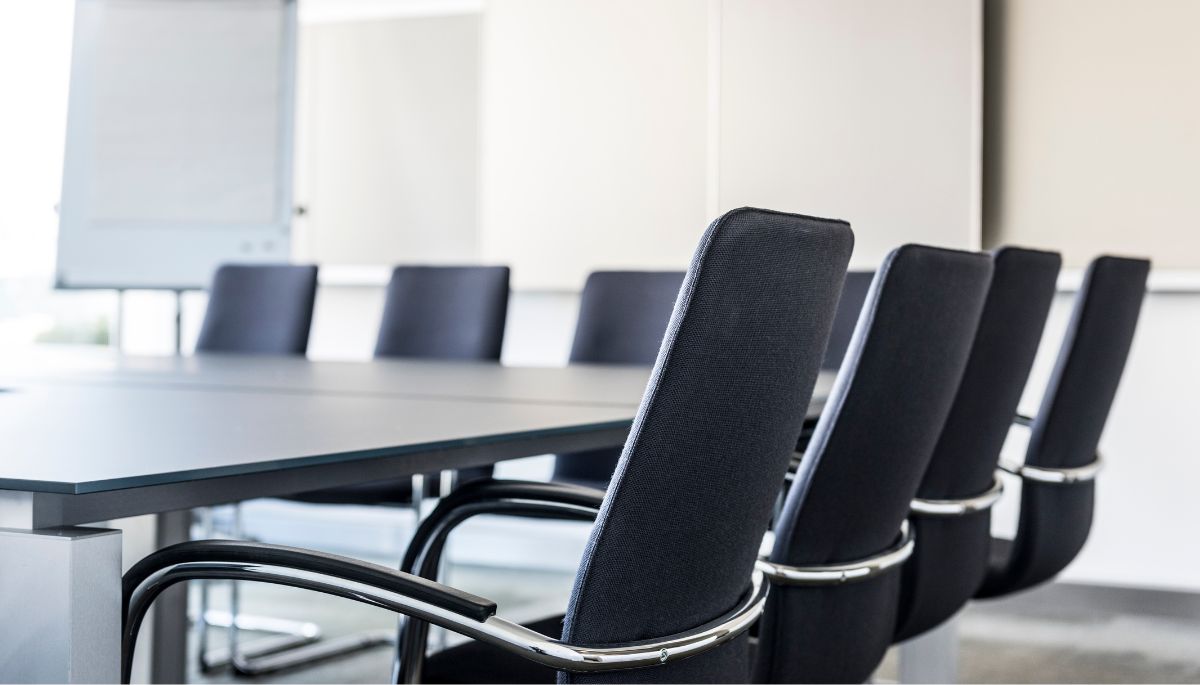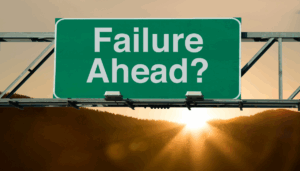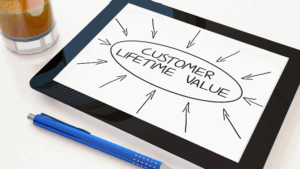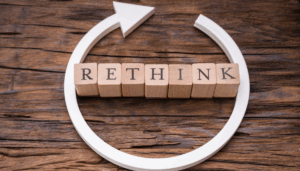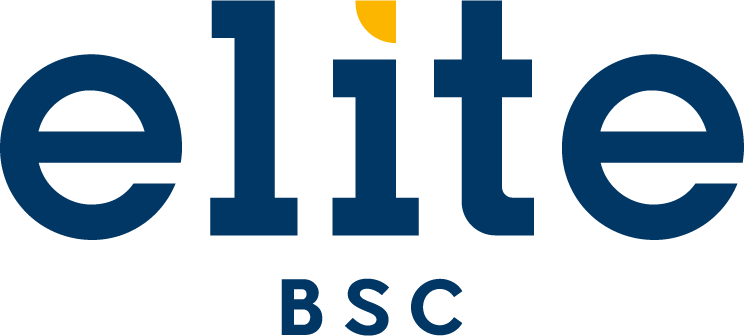Tips and Elements for Successful Customer Meetings
Retaining customers is one of the most important elements of long-term success in our industry. As such, developing your strategies, processes, and system around consistently delivering value should be front-of-mind for all leaders in your company. Routine, structured customer meetings are one tool/tactic that should make its way into your customer service plan. These customer, or partnership meetings allow you and your customer to share information, discuss program success factors, and build trust. In this article, we share ideas for making these meetings productive and meaningful for you and your customers.
A Word About Trust – Rational and Emotional Trust
According to Graziadio Business Review, customer loyalty depends on two types of trust – emotional and rational trust. Both types of trust are equally important. Again, according to Graziadio Business Review, rational trust is based on the customer’s perception of a company’s intention and ability to keep its promises. The rational trust would include the following aspects: industry knowledge, competence, ability, reliability, predictability, creditability, and dependability. On the other hand, emotional trust is based on the customer’s perception of a company’s qualities and characteristics that show concern and care, and motives beyond the profit. Emotional trust would include the following aspects: empathy, goodwill, benevolence, and core values.
We believe that customer meetings are the vehicle through which your company can gain traction with each of these types of trust. As such, it is essential that each meeting is well-planned to demonstrate your competence and your care for the customer’s well-being. In other words, each meeting should provide value to the customer. The sections below discuss three meeting elements: pre-meeting research, the meeting agenda, and post-meeting follow-up.
Pre-Meeting Research
Pre-meeting research aims to discover what has been happening at the customer’s site(s) since your last meeting. Items to review include customer-specific timekeeping reports, turnover report, inspection reports, the current agreement, periodic projects plan, the weighted average cost of labor, and customer-level financials. Studying this information provides a snapshot of the current situation and helps guide your discussion. For example, if, when reviewing the current agreement, you notice that the expiration date is in 6 months, you can begin to discuss renewing the agreement and assess their temperature regarding a possible price increase. Lastly, we recommend printing these documents and taking them to the meeting to reference as needed.
Meeting Agenda
A carefully crafted agenda will help guide the conversation and allow you and your customer to maximize your time together. Below are suggested elements for your agenda:
- Service – Provide copies of inspection reports, site visit reports, photos of items you/your team has observed, etc. This meeting section discusses areas we feel our service could improve and areas where we perform well. During this section, we ask the customer for their impressions of our service.
- Projects – If you have a periodic projects plan, discuss items (carpet cleaning, hard surface restoration, etc.) that need to be scheduled.
- Staffing – This section of the meeting covers things like customer-specific turnover and weighted average wages. Discussing these items allows your customer to “see behind the curtain” as it relates to challenges associated with recruiting and retaining team members in our industry. This is also a time to highlight team members at the customer’s site(s) performing exceptionally well.
- Contract Milestones – Use this time to discuss upcoming in-contract increases or approaching the end of the contract term
- Other Information – In this section, you might highlight any service improvement initiatives, recent certifications, etc. – anything that might build emotional or rational trust.
- Customer Feedback – Wrap up the meeting by asking the customer to provide feedback about service and communication.
Post-Meeting Follow-Up
On the day of the meeting or the following day, we recommend a follow-up email to the customer contact summarizing the meeting. This email will include the agenda with notes/action items in each section, if applicable. The purpose of the post-meeting follow-up is to record the meeting for your customer.
Meeting Frequency and Length
We recommend monthly customer meetings for your largest customers and every other month or quarterly meetings for smaller customers. If possible, we encourage setting a specific day of each month for each customer and submitting a calendar invite to hold that time. As for meeting length, your customers are busy, so meetings should last between 30 minutes and one hour.
“The Customer Won’t Make Time To Meet”
Inevitably you will have a customer(s) who either doesn’t have time or interest in a meeting – you can’t make a customer meet with you! However, a customer’s unwillingness to meet should not be an excuse for not sharing information. We advise emailing the agenda and some data and attaching your inspection reports and site visit reports. Sending this information says to your customer – “I am interested in keeping you abreast of the value my company provides.”.
